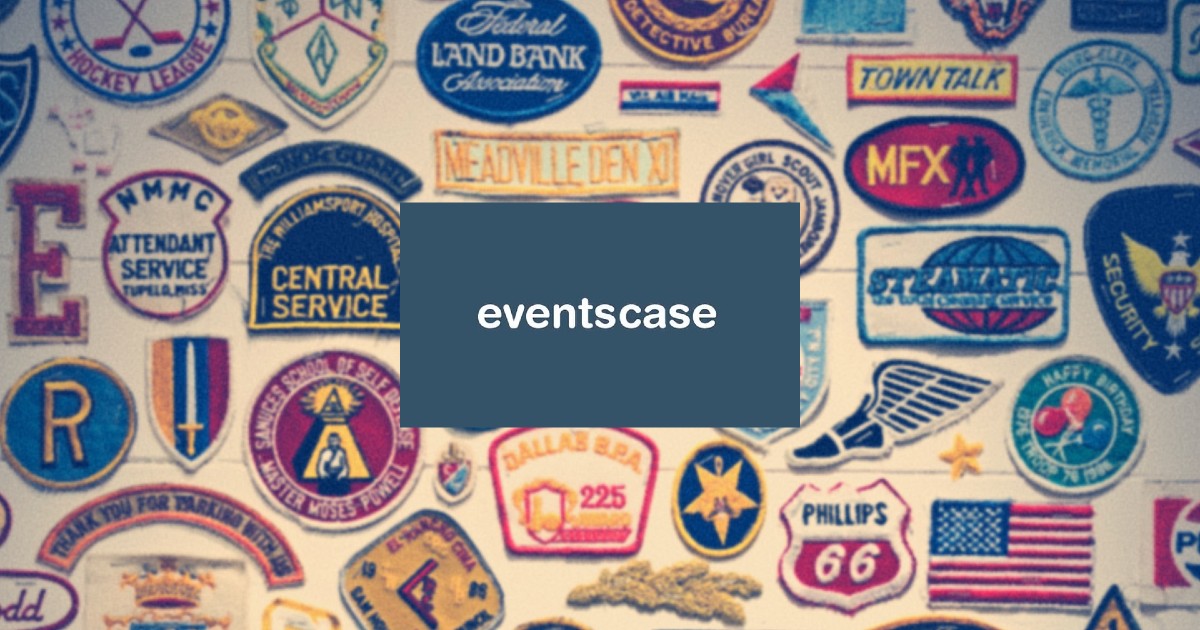What makes a brand recognisable? Is it their service or products? Perhaps their values and personnel? Without detracting too much from the companies that build and stand for amazing things, instant recall often has just one driver: branding.
When we think about Apple, Nike and Uber, we think about a logo. Look deeper – perhaps into the store environment. Packed with “genuines” in blue t-shirts, Apple stores are like no other. Nike opts for an orange and white theme, while Adidas favours a mix of black, grey and white.
Every day we make a conscious decision to dress and style ourselves in a certain way; to act in a certain manner. The truth is, we all need an identity to separate us from the rest. Your event should be no different.
Why do I need branding for my event?
Branding has a huge impact on someone’s recollection of experiences and moments. It’s easy to forget that some delegates will attend a couple of events every single week, resulting in nearly 100 over the course of a year.
Now think about the likelihood of your event being the one they remember against tens of similar conferences, exhibitions or meetings. To improve these odds, you need to give signals and clues that declare presence and identity. Event branding is the way to do it.
What is event branding?
According to the “the branding journal” (a specialised source, I’m sure you’ll agree),
Branding is the process of giving a meaning to a specific organization, company, products or services by creating and shaping a brand in consumers’ minds.
In essence, branding helps customers to quickly identify an organisation (in this instance, your event) and any key elements of its experience.
It should really be everywhere – in your language, your website and your advertisements. At the event itself, your branding should feature alongside messages on screens, lanyards and signage. Whenever you need to say something, you should always keep “on-brand”.
Where do I begin with event branding?
Your journey to creating a successful brand should start with three elements: namely, a logo, a colour scheme and a clear idea of the message you want to convey.
There are so many decisions to be made at this point; each one carrying as much weight as the other. Some of the questions to ask yourself include:
- What type of event are we?
- What do we represent?
- Are we youthful or more corporate/professional?
In terms of the places where event branding is needed, we cannot look beyond the official website and app. You wouldn’t believe the amount of events that still direct us to a generic, plain-text form when we come to book our tickets. Their apps are even worse – empty shells, made to serve a purpose with no experiential qualities. Don’t be like these guys.
Bring your app and website to life with logos, colourways, approved content and messaging. These are touchpoints that every attendee will interact with, so you need to get them right.
All advertisements should feature the same agreed theme, along with any straplines that demonstrate succinctly what your event is. Ideally, you will have the same designer producing a series of assets for use with a variety of channels. For those launched closer to the event, keep the past versions in mind.
In terms of the on-site requirement, it’s more about where your branding fits in. Screens, badges and signage are popular choices. It also pays to consider the small details, like gifts for attendees. We once saw a cyber security firm handing out suitcase padlocks at their event. Fully branded, these could stay on a potential client’s luggage for decades.
Final advice
Hopefully you’ve now bought into the idea of event branding. As you undergo the transition from generic to unique, please consider the following five points:
- Use branding to spell out who you are – It could represent your first impression.
- Be different – Everyone else is taken!
- Keep everything consistent across all channels – Solid brands are built on a clear, coherent message.
- Co-ordinate your advertising in batches – Avoid inconsistencies by planning your creative assets well in advance.
- Don’t forget your app and website – They represent the cornerstone of people’s experience with your event.

